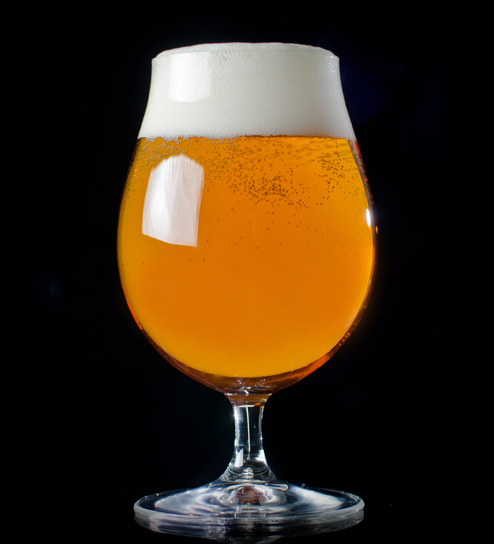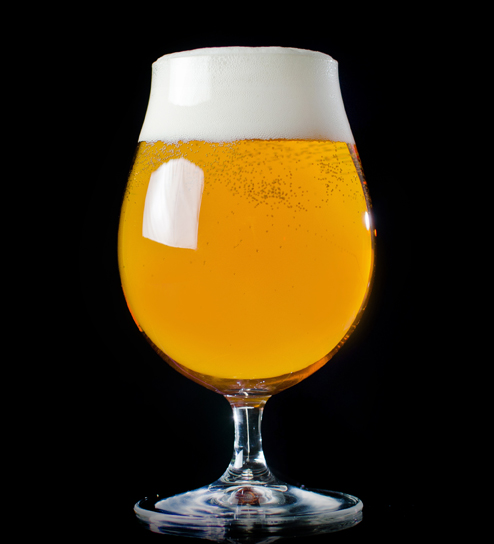Like many others that have become known as classic American beers, the American pale ale can trace its roots to beer styles from abroad. The American pale ale beer was inspired by the English pale ale, replacing its English counterpart’s earthy, herbal hops with generous additions of boldly citrus and pine-like American varieties. As one of the most popular American beer styles, pale ale beer is not hard to track down, but the various takes on this iconic style by just as many American craft brewers makes it impossible to jam everything there is to know about American pale ale beer on one page, but we’ll do our best.
American Pale Ale Beers
Characterized by floral, fruity, citrus-like, piney, resinous American hops, the American pale ale is a medium-bodied beer with low to medium caramel, and carries with it a toasted maltiness. American pale ale is one of the most food-friendly styles to enjoy, since the pale ale works wonderfully with lighter fare such as salads and chicken, but can still stand up to a hearty bowl of chili; a variety of different cheeses, including cheddar; seafood, like steamed clams or fish, and even desserts. The American pale ale’s affinity to food can be attributed to the simplicity of its ingredients, which include toasty pale malt, a clean fermenting ale beer yeast, and the counterbalance of American hops to help tease out the flavor or cleanse the palate, preparing you for another bite.
Pale Ale Beer in America
While pale ale beer has definitively English roots, many credit the American take on the style to the advent of Sierra Nevada Pale Ale, which employs the use of American Cascade hops and a clean fermenting ale yeast that has become synonymous with today’s West Coast style craft beers. Currently, pale ales offer beer fans a balance between malt and hops, which make pale ales one of the most enjoyed and approachable beer styles available.
American Pale Ale
American pale ale beer remains a staple of the American beer world because it continues to evolve. With each passing day, independent breweries across the country are reimagining the classic pale ale by experimenting with local ingredients to craft flavor profiles that push the boundaries of beer. If you’d like to further explore the world of pale ales and learn more about American pale ale beers, continue to explore our site. Expand your American pale ale knowledge base by responsibly trying beers first hand, and track down craft breweries using our brewery map.

